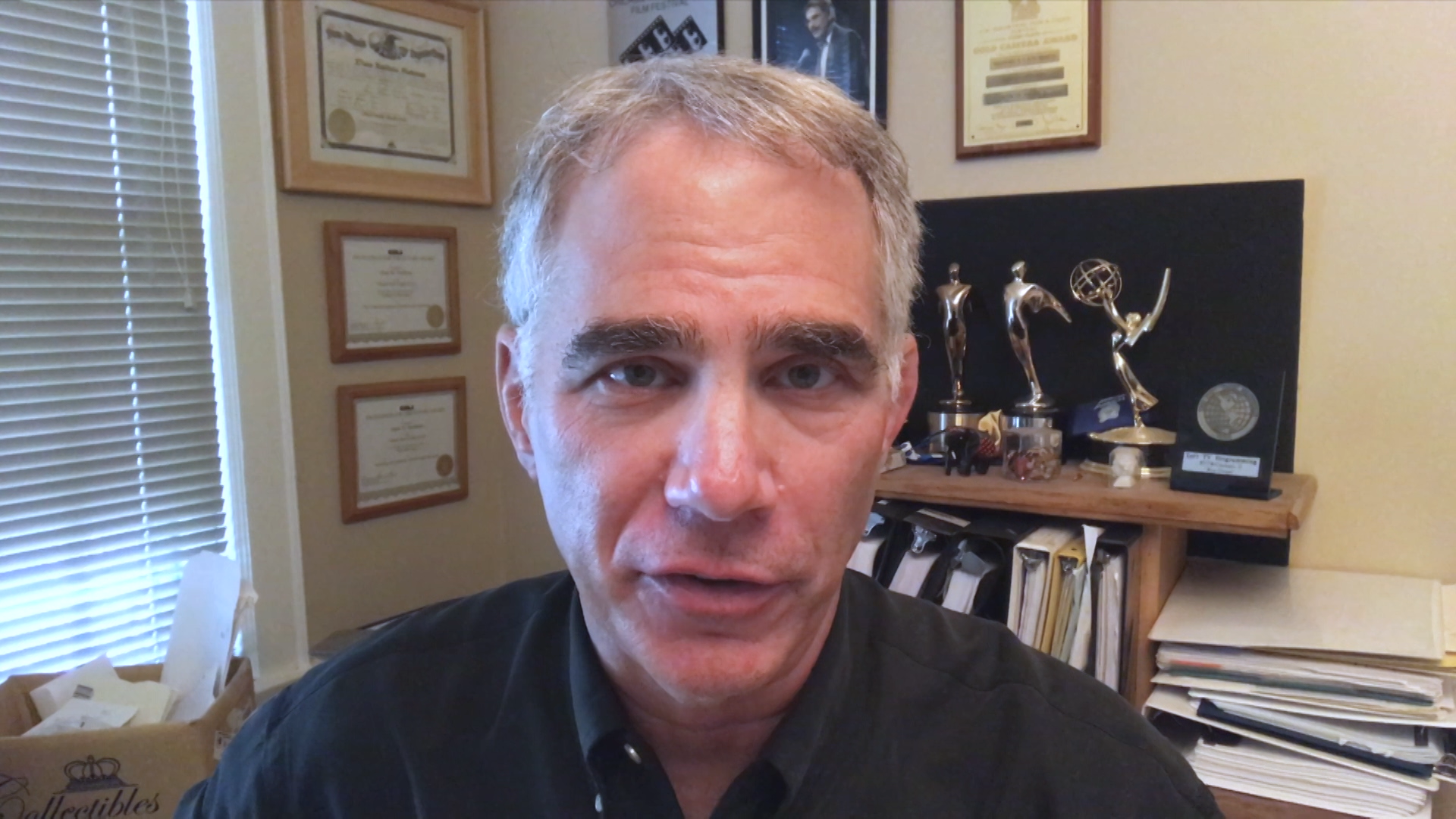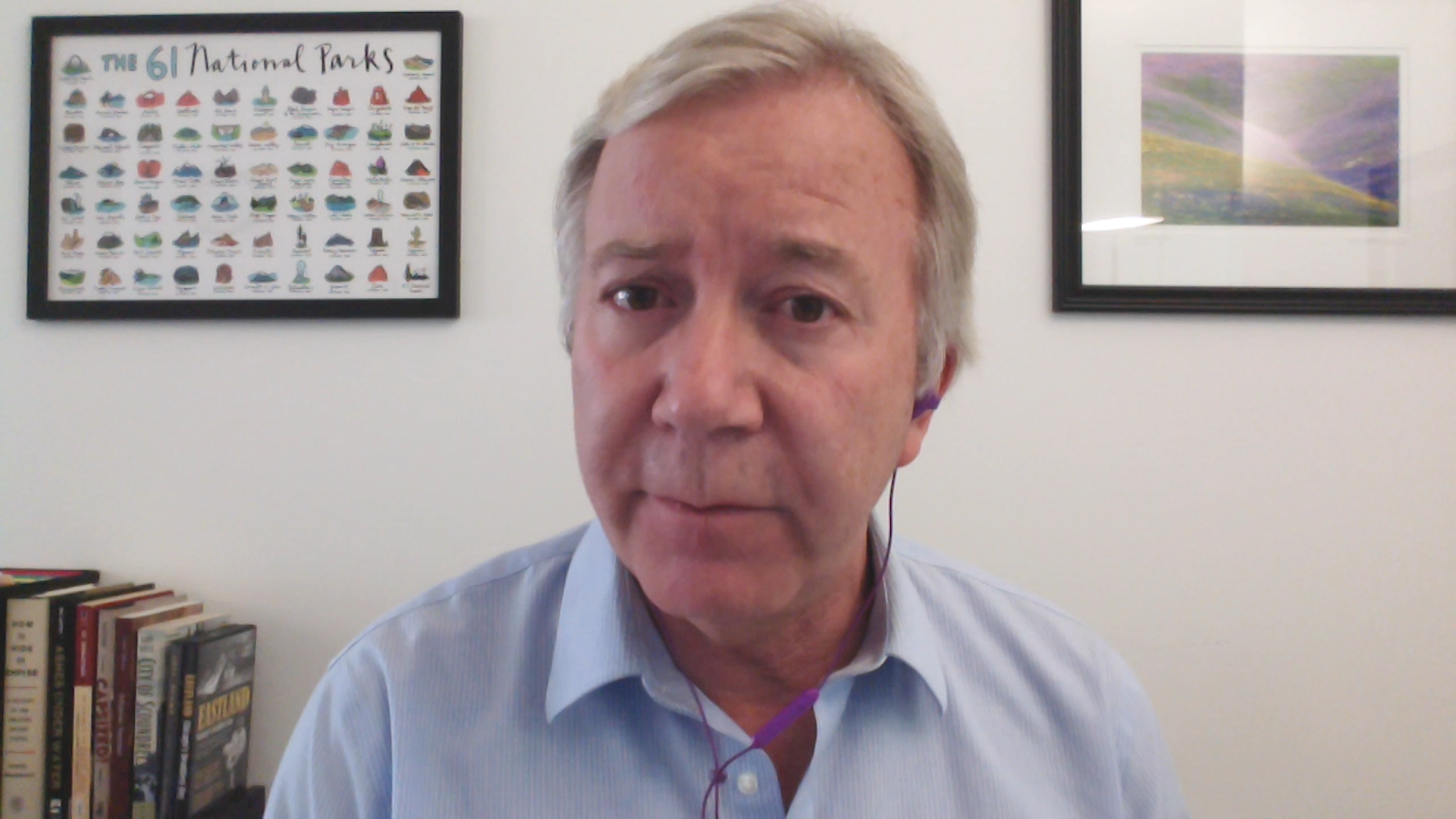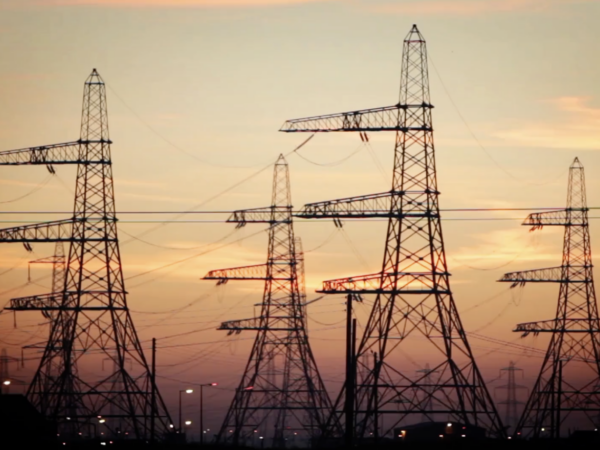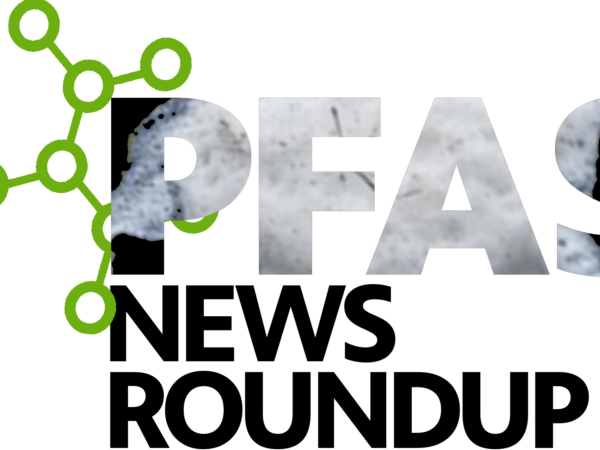
The latest episode of Great Lakes Now takes a trip to Chicago to learn all about the Eastland tragedy – one that isn’t well known, despite its big impact.
On July 24, 1915, a steamship capsized in the Chicago River, and 844 people drowned.
A documentary about the tragedy, “Eastland: The Shipwreck That Shook America,” is airing on PBS stations around the country. Great Lakes Now host Ward Detwiler spoke with filmmakers Harvey Moshman and Chuck Coppola about the incident, what inspired them to make the film and some aspects of the story that stood out to them over the course of their research.
Watch the segment here:
API key not valid. Please pass a valid API key.Check out the full episode here.
The following interview extras were edited for brevity and clarity.
Great Lakes Now: How did you guys first become aware of this, and how did you guys decide to go and kind of go down the road to making this documentary?
Harvey Moshman: Well, in 2001, I was a staff producer at WTTW, the PBS station in Chicago, and we had just launched a new documentary series called Chicago Story. Every producer had to do one. They asked me what I wanted to do. I took a day to decide and I said the Eastland disaster. And my boss, who was a lifelong Chicagoan, said, “What’s that?” So I knew that this was a story worth telling, because it’s the same reason we did it this time around, it’s because so few people know the story.

Harvey Moshman is the executive producer and writer/editor of the documentary “Eastland: Chicago’s Deadliest Day.” (Photo by Great Lakes Now)
GLN: And how did you guys become aware of the story to begin with?
HM: I’ve been connected to the maritime community here for quite a while. And in some book there was a reference to it actually, maybe not more than a paragraph, but it was one of those things where you look at this and you say, “What? No, couldn’t be. How come I haven’t heard of it? How come there’s not a flag? How come there isn’t a day off from school? How come there isn’t a star in the Chicago flag?”
GLN: This is 1915 and 844 people. Enormous loss of life, but it was just three years after the Titanic. Do you think there’s anything that overshadowed the Eastland?
HM: No, I don’t think it’s the quantity of victims that was overshadowed by the Titanic, which was much greater. First of all, a trivial notion here is that more passengers died on the Eastland than died on the Titanic, because so many fatalities on the Titanic were crew. But that’s just the cocktail party chat. The problem was that there was no one famous aboard the Eastland. And that’s really the reason why so few people know about it.

Chuck Coppola is the executive producer and writer/narrator of the documentary “Eastland: Chicago’s Deadliest Day.” (Photo by Great Lakes Now)
Chuck Coppola: There’s one other aspect that we can add to that, and that is that the optics of the Titanic was a huge ocean liner. The Eastland was a fairly small, relatively speaking, comparatively speaking, Great Lakes steamship. And it didn’t hit an iceberg. It wasn’t torpedoed. It rolled over in a muddy river. The optics alone are less than spectacular when compared to the Titanic.
GLN: There must have been a tremendous community impact as a result of this, on the company and then beyond. Are there things that get stuck out at you as you were kind of starting to research this along that respect?
HM: We point out in the film that Western Electric took great pains to remove themselves from any culpability of this disaster. And I have actual relatives that work there in the ‘70s and this was just never talked about. And of course we talked to Libby Hruby, who was 10 years old at the time, and she went to work at the Western Electric factory after the Eastland. And again, it was never talked about, and she was a survivor so she would have known.
But the administration of the Hawthorne plant, now Cicero, just refused to acknowledge it, really, other than a one full-page letter in the in the newsletter of the plant.
GLN: Through some of the survivors’ families and going back through the history, were there any stories that really stuck out at you or that of all the people that you highlighted that may have been special or could’ve been your favorite?
HM: Well, for me, I would say Reggie Bowles the Human Frog. His story we were delighted to find. We did not know about him when we made the first version of this doc. And then we found his grandson in Portland, Oregon, and we flew him in to do the interview.
And he was just absolutely terrific, extremely articulate and painted the most vivid picture of his grandfather, Reggie, rescuing people from the overturned hull. Depending on what account you read, he pulled 40 bodies out of the hull. He was a young motorcycle mechanic at a place about 4 miles away, jumped on his motorcycle, came downtown. The cops wouldn’t let him near the water because there were so many people floundering and in trouble. He punched a cop, jumped in the water and started pulling people up. That’s just such a terrific story, even if it’s not.
CC: There’s also another story. Western Electric had a nurse, a company nurse, who was on her way down to the dock to attend a picnic with everyone else. She heard about what was happening. Her name was Helen Repa. Helen Repa jumped on an ambulance, rode it down to the dock, jumped off and immediately took charge. No one had to tell her what to do. She knew almost instinctively how to react, how to treat the immediately pulled from the water victims, the people who had been just pulled out of the river. And she is a true heroine in this story.
GLN: How did you get that level of detail? Was it just through scouring through this work? That’s pretty incredible.
HM: There was a lot of newspaper reportage going on at the time and a lot of people to interview, so the stories were relatively consistent. Some people had it going back and forth a few more times. But, if you find someone who actually knows about the Eastland, chances are they’ll tell you that the reason it turned over was that everybody went to one side of the railing – and that was a story that was put forth by the ship owners and Western Electric to lay the blame on the passengers. Did not happen. There are no real accounts of that other than from misstatements by the owners and Western Electric.
Catch more Great Lakes Now work on shipwrecks:
Shipwreck fragment emerges along Lake Michigan beach
“Dream Big”: Diving the five lakes in 24 hours, from the perspective of one of the divers
API key not valid. Please pass a valid API key.




